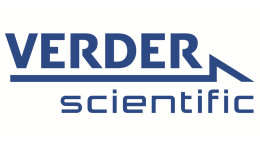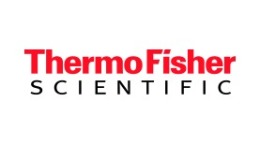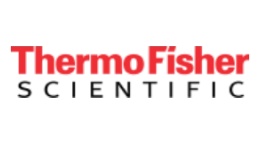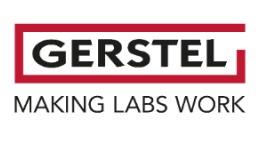方案详情文
智能文字提取功能测试中
DIGESTION/AAS Traces of HeavyMetals i/sn Toys Toys must be safe. That is very clearly stated in the European Directive88/378/EWGwhich stipulates the maximum permissible values of sub-stances such as arsenic,lead,cadmium or antimony in toys. The amountsmust be below the level which could beharmful for children. During thelast few months, severalcases were covered by the press where harmfulamounts of heavy metals had been detected. With the growing mediacoverage of this problem, the insecurity of the consumers grows as well.Therefore, it is in the very own interest of toy manufacturers to prove bya reliable quality control the innocuousness of their products. From Size Reduction to Analysis Atomic Absorption Spectroscopy (AAS) is very suitable for the detection oftraces of heavy metal in plastics. The method is easy and inexpensive andthe results show good precision and accuracy. With AAS only dissolved sub-stances can be analyzed, therefore, the sample must first be ground andthen digested. Usually, the sample preparation takes up much more time thanthe actual analysis; moreover, it can be a source of errors not to be under-estimated. If, for example, a sample is reduced in size with scissors or ahousehold mixer, falsified analysis results due to contamination are inevitable. With a plastic doll as an example, this article describes the exact workingsteps from the neutral-to-analysis sample preparation to the final analysisresult. To control the accuracy of this method, reference materials werebought and analyzed as well. DIGESTION/AAS te3s 10.4867 20 33 10 G9 58 Selenium 1 Galllum Germanum Arsenic 78.96 74.92160 65 69.723 3d 4sArapAr3d"4s (Arj3d 4s Ar3d4s [Arj3d 4s 9.7886 9.752 7.7264 9.3942 5.9993 P 50 28 22 19 co 10 co Antimony Cadmiun indium 112,411 114.818 118.710 121.760 kr14d 5s 5pkr)4d"5s 5p [Krj4d065 [Krj4d5s Kr14d 5s 5p 8.9938 5.7864 7.3439 8.6084 7.5762 AC 30 似 80 Pa 62 83 49 30 Thalliu m Lead Plalinum Gold ercury 207.2 196.96655 00.59 204.3833 195.078 [Hg]6p 心 (Hg16p 4f5de[X6s[Xe4f5d 6.1082 7.4167 8.9588 9.2255 110 Ununqy 004 numMeitne (268) HEAVY-DUTYCUTTING MILL SM 2000 Material feed size: <60x80 mmFinal fineness: 0.25-20 mm Feed material: soft, medium-hard,tough, elastic, fibrous Material feed size: ≤ 8 mm Feed material: hard, medi-um-hard, soft, brittle, elastic,fibrous MIXER MILL MM 400 Final fineness: ~ 5 pm the sample page 3 After the mechanical preparation ofthe doll, the next step is microwavedigestion, before the sample is finallyanalyzed in liquid form. The objectiveis the complete digestion of the sam-ple with the digestion solution contain-ing all elements and compounds whichare of interest in an unaltered quanti-ty. Inorganic substances should betransformed completely into solublecomponents whereas organic sub-stances should be mineralized. The ground parts of the doll (approx.500 mg) are weighed in the diges-tion container and 10 ml nitric acidare added. The digestion process isthen started software-controlled.The temperature development of allsamples is continually measured andadapted to the specified digestionprofile, depending on the reactiondevelopment. After only 30 min-utes the samples are digested andcan now be filled to the nominal vol-ume for the subsequent analysis inthe Atomic Absorption Spectrometer. First of all, the components of thedoll are separated into 3 differentanalysis groups: body, hair anddress. In a first step, the doll's body is pre-cut to a fineness of approximately 3 to 4 mm in RETSCH's Heavy-Duty For trace element analysis the followingrequirements have to be fulfilled: The digestion should be easy to carryout, i.e. without great effort and compli-cated instruments. The procedure should be safe, i.e. themicrowave should possess all necessarysafety features. The digestion process should be opti-mally adjusted to the complete analy-sis procedure so that, for example, thedigestion acids don't cause a matrixextension. Digestion parameters should berecorded and controlled to guaranteereproducible conditions. Nowadays it is no longer efficient to letthe sample boil for hours in concentrat-ed mineral acid on a heating plate. Microwave digestion systems aredesigned to dissolve a solid sample in avery short time. This time benefit isachieved due to the direct heating ofthe solution by microwaves, the quickcooling down after digestion and tem-peratures far above the regular boilingpoint of the digestion acids. ing aid as cooling not onlyimproves the breaking properties ofthe material but also helps to pre-serve volatile substances whichmight otherwise be affected by thefrictional heat. The doll's hair and dress are groundin the Mixer Mill MM 400 which canprocess two samples of 20 ml within1-2 minutes. The screw-top grindingjars are filled with sample materialand are then pre-cooled in liquidnitrogen before being clamped intothe mill. All mills described here can beequipped with heavy-metal-freegrinding tools thus avoiding therisk of falsifying the analysis resultsdue to contamination. MM 400 Analytics The samples are analyzed with Graphite Tube AAS to allow for a low detectionlevel. For this method, 5 to 50 microliters of sample solution are put into thegraphite furnace and are then heated step by step to such a degree that thesample is atomized. Modern spectrometers with fixed lamps and a motorcontrolled mirror allow for the rapid, fully automatic quantitative analysis ofseveral elements. The doll was analyzed for traces of the toxic heavy metals arsenic (As),cadmium (Cd), lead (Pb) and antimony (Sb). The results: element dress hair body mg/kg mg/kg mg/kg arsenic - - - cadmium 一 一 31±1 lead 一 antimony 32±3 - 一 Traces of cadmium were detected in the doll's body and of antimony in the dress.The concentrations are below the recommended limits for toys (Cd: 75 mg/kg;Sb: 60 mg/kg), however, the amount of antimony in the dress is already critical whencompared to the values that voluntary seals of approval for ecologically compatibletextiles such as Oekotex 100 recommend (30 mg/kg). To verify the accuracy of the complete procedure, reference materials were analyzedas well. Five plastic samples were obtained from the Association of the GermanAutomobile Industry (VDA) which contained different amounts of cadmium. sample certified value measured value mg/kg mg/kg 1 114.6±2.1 114.0±1.0 2 40.9±1.2 40.5±0.6 3 75.9±2.1 75.7±1.0 4 197.9±4.8 196.8±1.3 5 407±12 403±6 As the analysis results (average ofthree independent microwave diges-tions) come very close to the referencevalues it can be summarized that theprocedure described in this article isvery well suited to analyze traces ofheavy metals in toys. The results ob-tained are accurate and highly repro-ducible and the complete process canbe carried out within a couple of hours. page the sample the sample page
关闭-
1/3
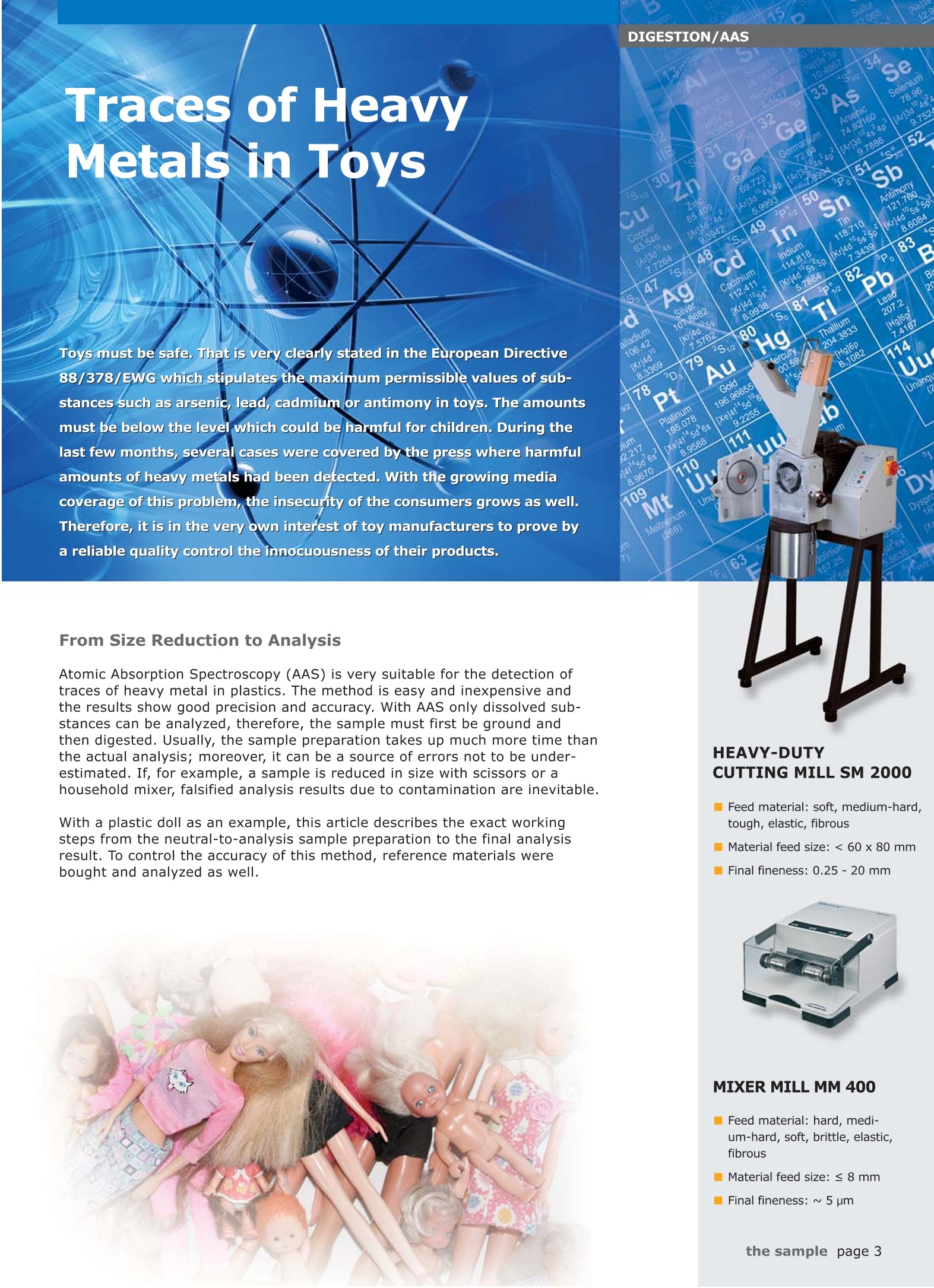
-
2/3

还剩1页未读,是否继续阅读?
继续免费阅读全文产品配置单
培安有限公司为您提供《玩具中重金属检测方案 》,该方案主要用于玩具中重金属检测,参考标准《暂无》,《玩具中重金属检测方案 》用到的仪器有CEM Mars6 高通量密闭高压微波消解仪、CEM STAR-Plus 6/2 循环单相聚焦微波消解仪、CEM DISCOVER SP-D 环形聚焦单模微波消解系统、CEM ETC 实验室容器(消解罐)超净酸蒸清洗系统。
我要纠错
推荐专场
相关方案


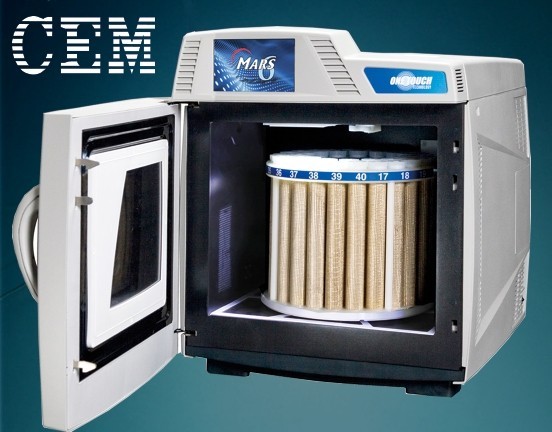
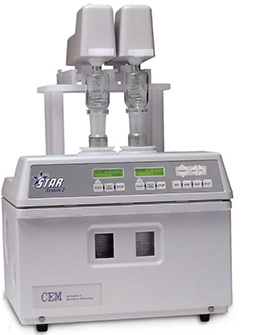
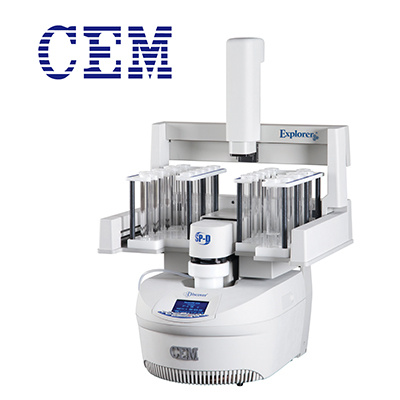
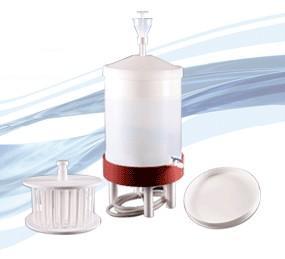
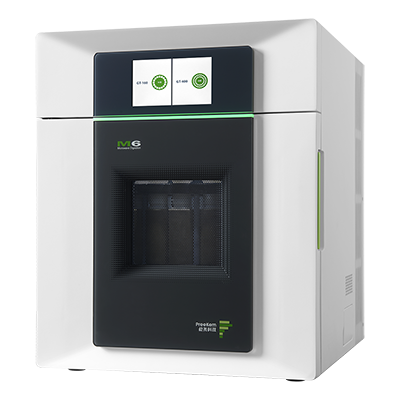
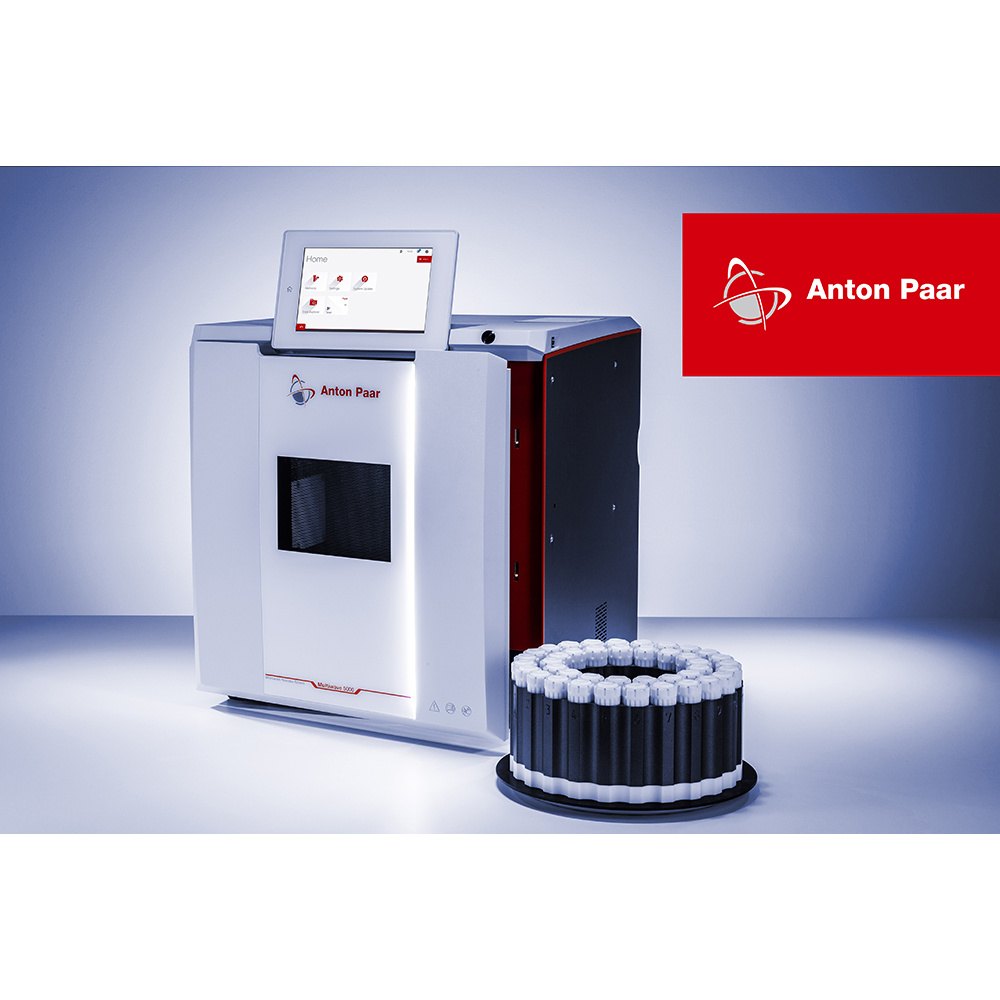
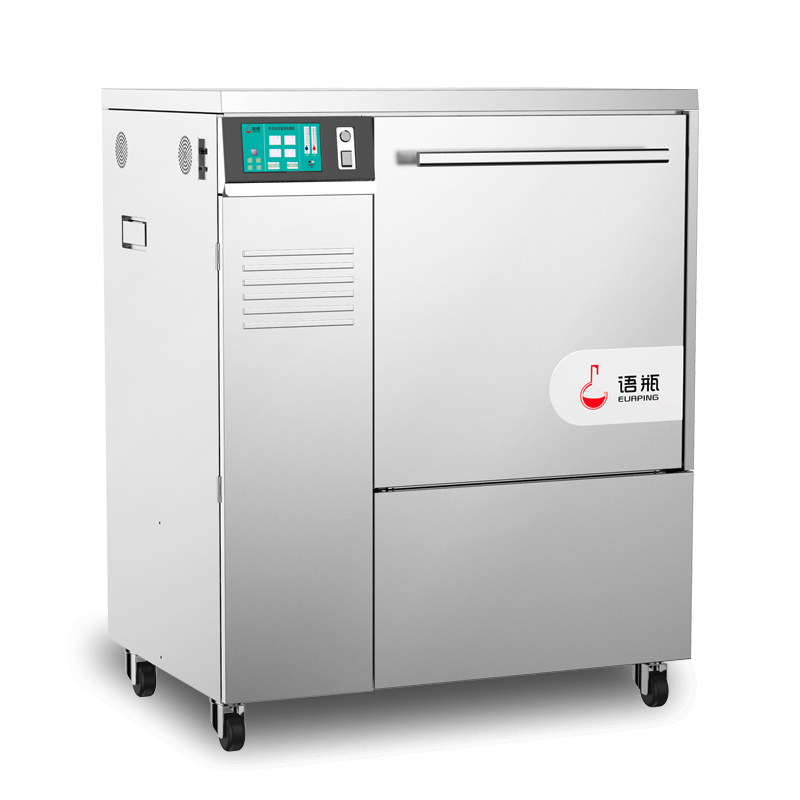
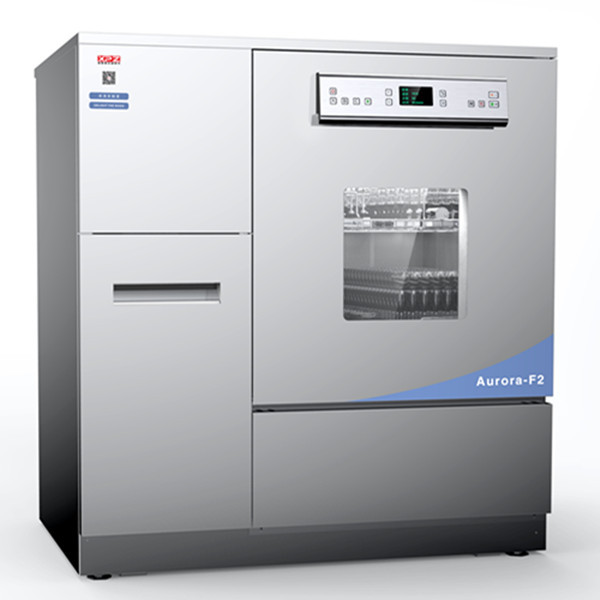
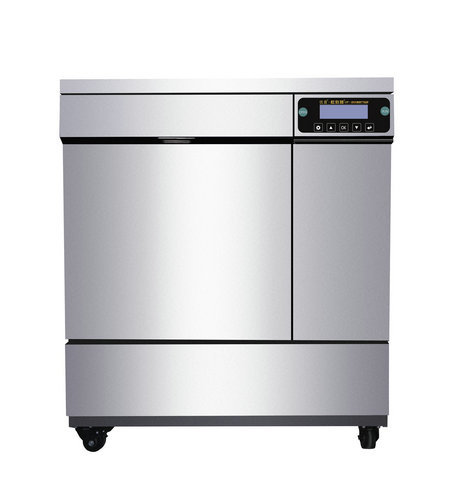
 咨询
咨询

